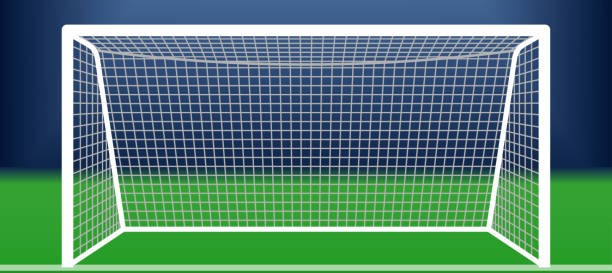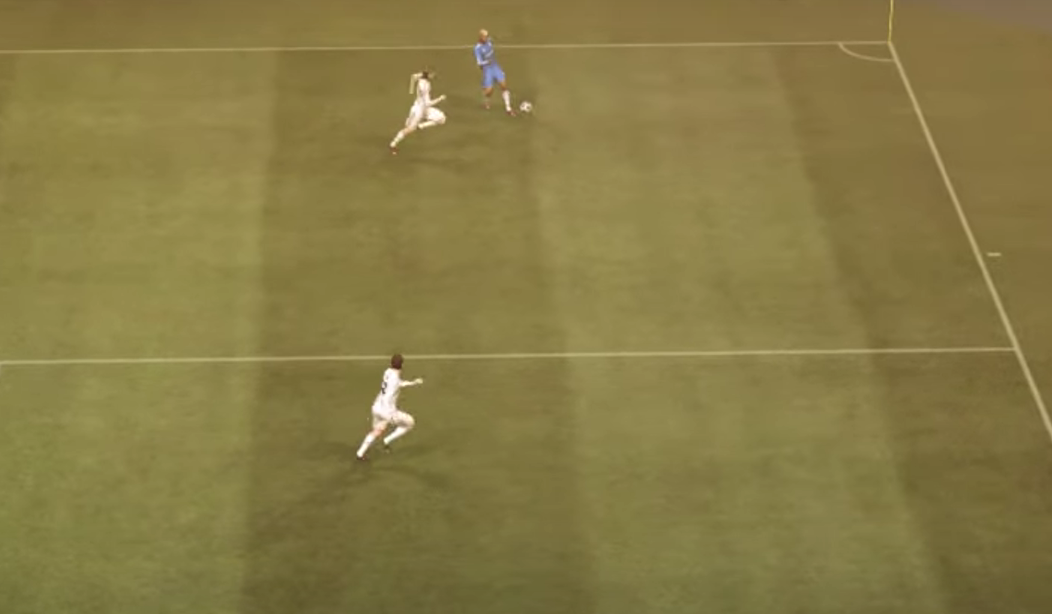













CROSSING THE BALL.

Crossing the ball in football is a technique used to deliver the ball from wide areas of the field into the penalty box, typically
aimed at creating scoring opportunities for teammates. It is an essential skill for wingers, full-backs, and midfielders, as it
allows teams to attack from the flanks and exploit defensive weaknesses. Here’s a detailed explanation of crossing the ball,
including types, techniques, and applications:
Purpose of Crossing:
- ▫ CREATING GOAL-SCORING OPPORTUNITIES: The primary goal of a cross is to provide a teammate with a chance to score, often targeting strikers or
attacking midfielders in the box.
- ▫ STRETCHING THE DEFENSE: Crosses can pull defenders out of position, creating space for other attacking players.
- ▫ DISRUPTING DEFENSIVE STRUCTURE: A well-delivered cross can disrupt organized defenses, leading to chaos and potential scoring
chances.
Types of Crosses:
- ▫ INSWINGING CROSS: A cross that curves inward toward the goal, often used from the opposite flank. This type is typically easier for
attackers to convert.
- ▫ OUTSWINGING CROSS: A cross that curves away from the goal, providing a different angle for attackers. It can be
effective for reaching players making runs toward the far post.
- ▫ FLAT CROSS: A low, driven cross that travels close to the ground, useful for quick passes into the box or for catching defenders
off guard.
- ▫ HIGH CROSS: A lofted cross that travels high into the air, allowing attackers to time their jumps and attempt headers.
Delivery of a Cross:
- ▫ APPROACH: Approach the ball at an angle, enabling better foot placement and angle for crossing.
- FOOT PLACEMENT:
▫ USING THE LACES: For more power, strike the ball with the laces (top) of your foot.
▫ INSIDE OF THE FOOT: For greater accuracy, especially for inswinging or outswinging crosses, use the inside of your foot.
- BODY POSITION:
▫ NON-KICKING FOOT: Place your non-kicking foot beside the ball to stabilize your body and guide your strike.
▫ LEAN: Lean slightly over the ball to ensure it stays low or controlled, depending on the type of cross.
- STRIKING THE BALL:
▫ CONTACT POINT: Make contact with the ball to achieve the desired curve and height, ensuring your follow-through aligns
with the intended target area in the box.
▫ FOLLOW-THROUGH: Follow through in the direction of the cross, which helps in maintaining accuracy and power.
Reading the Game:
- ▫ ASSESSING TIMING: Recognize when to deliver the cross based on the movement of teammates and defenders.
- ▫ IDENTIFYING TARGET PLAYERS: Know where your teammates are positioned and anticipate their movements in the box.
Benefits of Crossing:
- ▫ VARIETY OF ATTACKING OPTIONS: Crosses provide different angles for attacking players, keeping defenders guessing.
- ▫ UTILIZING WIDTH: Effective crossing can stretch the field, allowing teams to exploit space and create mismatches.
- ▫ ENCOURAGING FORWARD PLAY: Crosses promote attacking play and can lead to quick transitions from defense to offense.
Practice Drills:
- ▫ CROSSING DRILLS: Work on delivering various types of crosses from different angles and distances.
- ▫ FINISHING DRILLS: Pair crossing drills with finishing exercises, allowing attackers to practice converting crosses into goals.
- ▫ SMALL-SIDED GAMES: Engage in small-sided matches that emphasize crossing and finishing, helping players develop synergy in
real-game situations.
Summary: Crossing the ball is a crucial skill in football that can create significant scoring opportunities. By mastering different
types of crosses and understanding the techniques involved, players can effectively contribute to their team’s attacking play.
Practicing this skill regularly helps enhance accuracy, timing, and coordination with teammates, ultimately increasing the chances
of success during matches.




























